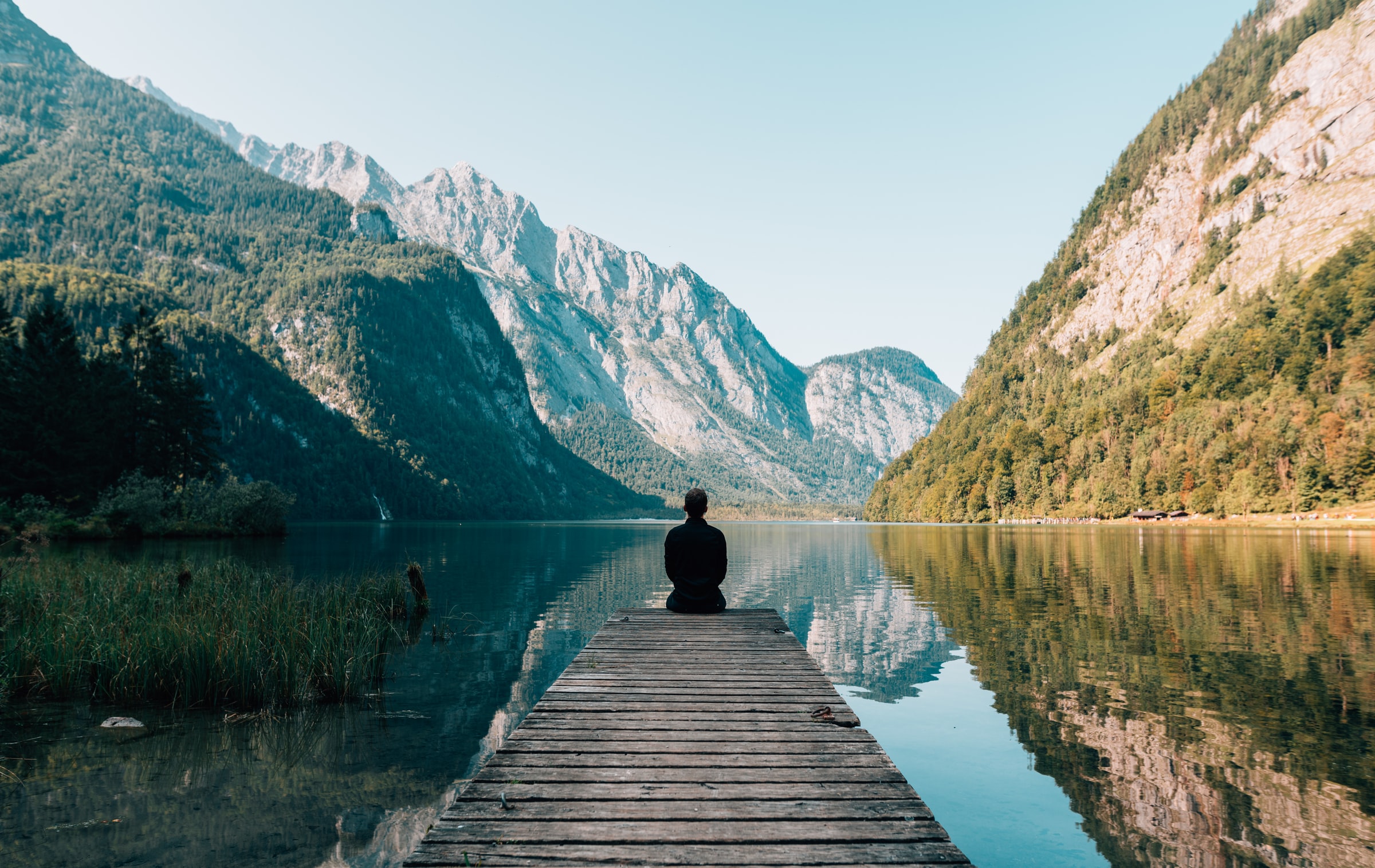If you’re visiting this article, it’s likely that you’ve already tried some basic breathing techniques, and are looking for something more as a relaxation exercise. If not, take a look at the article on 3 Basic Breathing Exercises for Anxiety Relief before diving into this one.
Here, I will introduce 4 advanced breathing techniques, as a step up from the more basic techniques. Each exercise was taken from Yoga practices, designed to deeply relax your mind and body. Before you try these for the first time, try to find a nice and quiet place for yourself, so you can truly experience their calming effects.
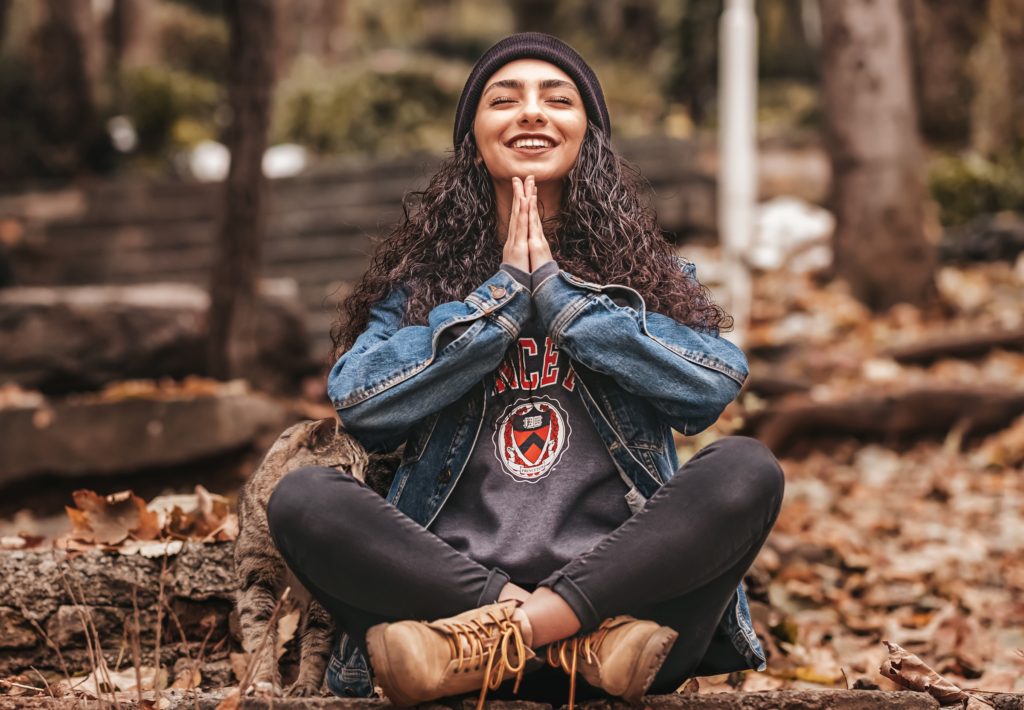
Looking to improve your mental wellbeing? Try the SELF MIND app FREE for 1 week!
If you’re looking for more tips on how to care for your mental health, check out some of our past blog posts!
Contents
Two Different Schools of Yoga
While there are many different advanced breathing techniques in yoga, this article will focus on two prominent schools: Pranayama and Sudarshan Kriya.
Pranayama Yogic Breathing Techniques
Pranayama is a type of yoga exercise that focuses on alternative methods of breathing, many of which help with anxiety relief. This article will introduce just a couple of the pranayama breathing techniques – Alternative Nostril Breathing, and Lion’s Breath – amongst many more.Sudarshan Kriya Yogic (SKY) Breathing Techniques
SKY breathing is a cyclical breathing exercise that combines slow and fast cycles of breathing. It has proved helpful in reducing negative emotions following traumatic events, such as catastrophic natural disasters including Hurricane Katrina. This article will touch on Ocean Breath and Bellows Breath, which are the two main exercises in the SKY breathing cycle.Now, let us jump into the details of how to practice each exercise!
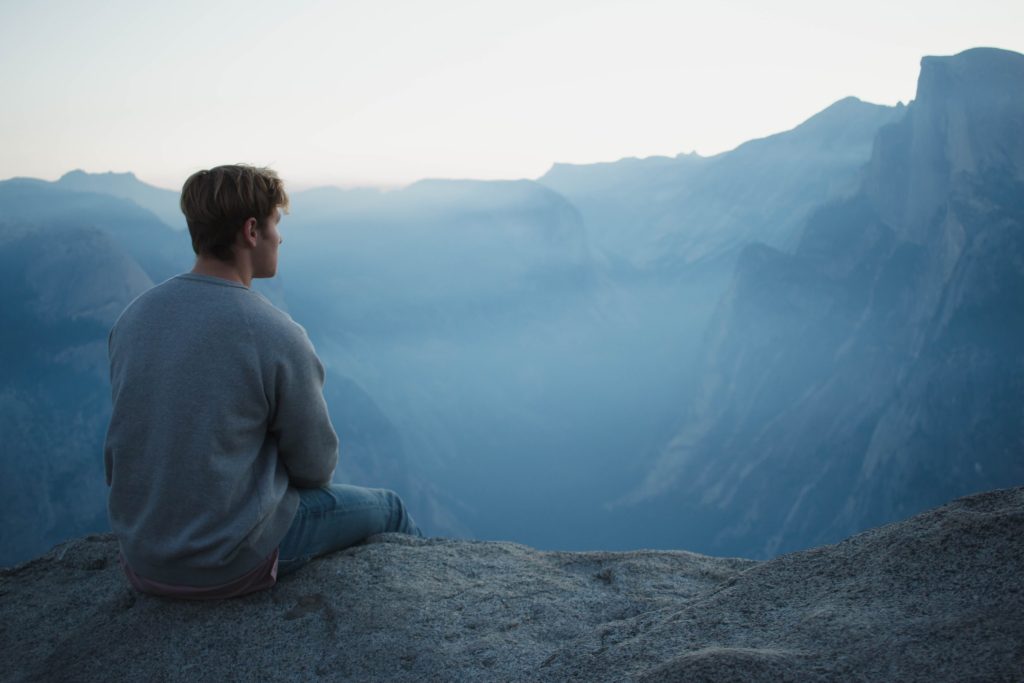
Exercise 1: Alternative Nostril Breathing (Nadhi Sodhana)
Alternative nostril breathing is one of the pranayama advanced breathing techniques. It increases oxygen intake into the body, therefore having calming effects on the mind and body. It is beneficial in anxiety relief, promoteing concentration, and aiding in a good night’s rest.
How to do it:
1. Sit down or lie down in a comfortable position.
2. Empty out all the air from your lungs with a deep exhale through the mouth.
3. Take the thumb of your right hand, and cover your right nostril. Inhale deeply through your left nostril only, for 4 counts.
4. Use the ring finger of the same hand to hold your left nostril closed. Then, hold your breath for 4 to 8 counts, with both nostrils covered.
5. Release your thumb, and deeply exhale through your right nostril, for 4 counts. Pause for a moment, before exhaling through the same nostril.
6. Repeat the exercise by covering both nostrils, holding your breath for a moment, then exhaling through the left nostril.
7. One ‘cycle’ is completed when breath is exhaled out of both nostrils. Repeat up to 10 cycles and see how your body responds.
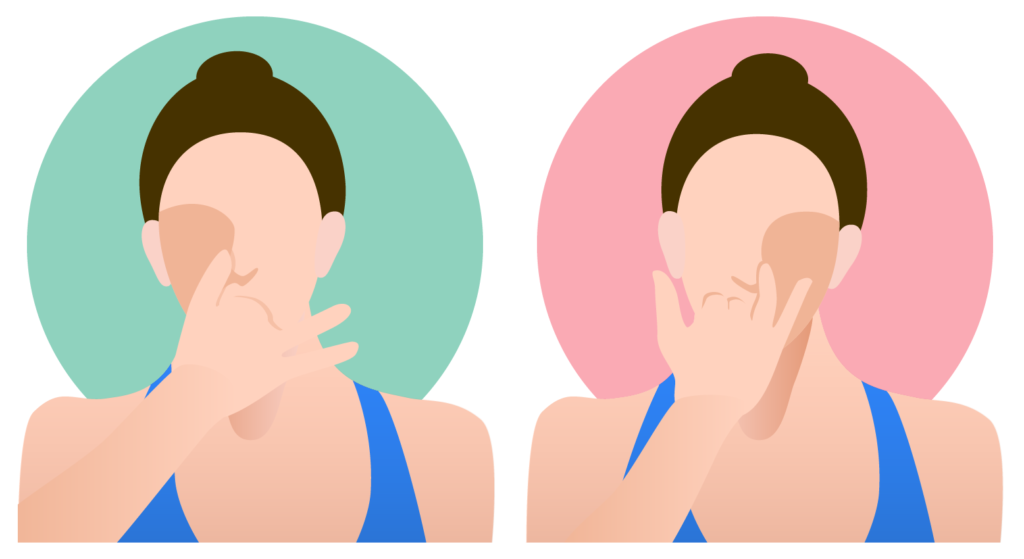
Exercise 2: Lion’s Breath
Lion’s breath is another exercise from the pranayama family of advanced breathing techniques. It is named for the position you take while practicing the breathing technique. In addition, breath is released through your mouth, almost as if you are ‘panting’ like a lion. This relaxation exercise utilizes the muscles in your face and chest. Therefore, it promotes the release of any tension in the body, aiding in anxiety relief.
How to do it:
1. Get down into a kneeling position, with your knees at about shoulder width. Cross your ankles, with your right foot over the left foot. Sit your bottom down on your ankles. (If this position is too uncomfortable, you can first practice by just sitting cross-legged.)
2. Place your hands on your knees, or on the floor in front of you, with your arms and fingers stretched out comfortably.
3. Take a breath in through your nose.
4. To exhale, open your mouth wide with your tongue out, and release your breath by making a ‘ha’ sound. Stretch your tongue out as far as you can, and your mouth as wide open as possible.
5. Relax your face again to inhale.
6. Repeat these steps up to 6 times, switching the cross of your ankles at the halfway point.
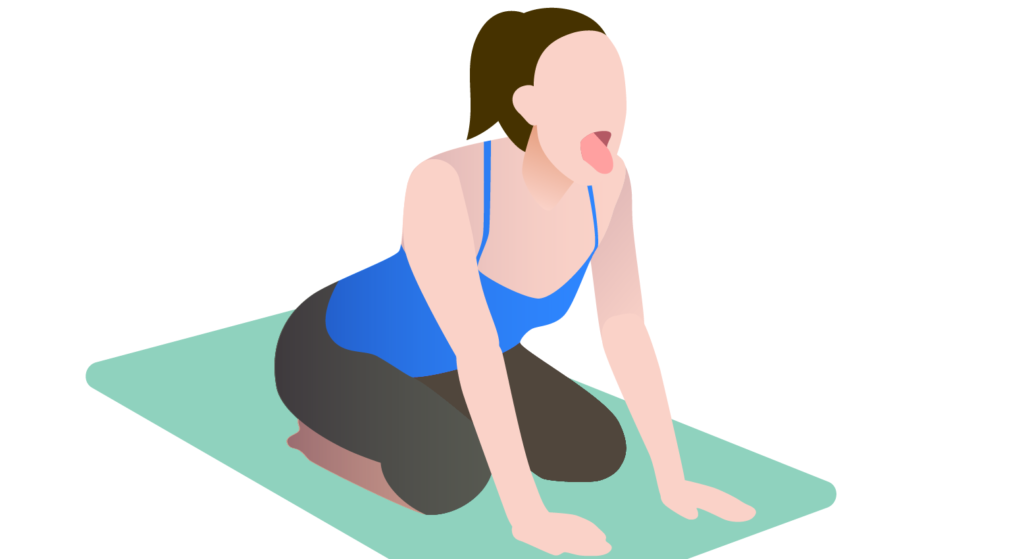
Exercise 3: Ocean Breath (Ujjayi)
Ocean breath is one of the SKY advanced breathing techniques. It encourages full expansion of the lungs at roughly 2 to 4 breaths per minute. Therefore, it allows you to focus on your breath, promoting calmness of the mind.
How to do it:
1. Sit down comfortably with a straight spine.
2. Take a steady inhale through your nose until your lungs are at full capacity. Feel your spine elongate as your lungs are filled.
3. Hold your breath for a second, consticting the air at the back of your throat as if you are getting ready to whisper.
4. Exhale slowly from the nose, through both nostrils. This will sound a bit like the waves of an ocean, hence the name Ocean Breath. You should feel the air passing over the roof of your mouth as you exhale.
5. Repeat these steps up to 20 times.
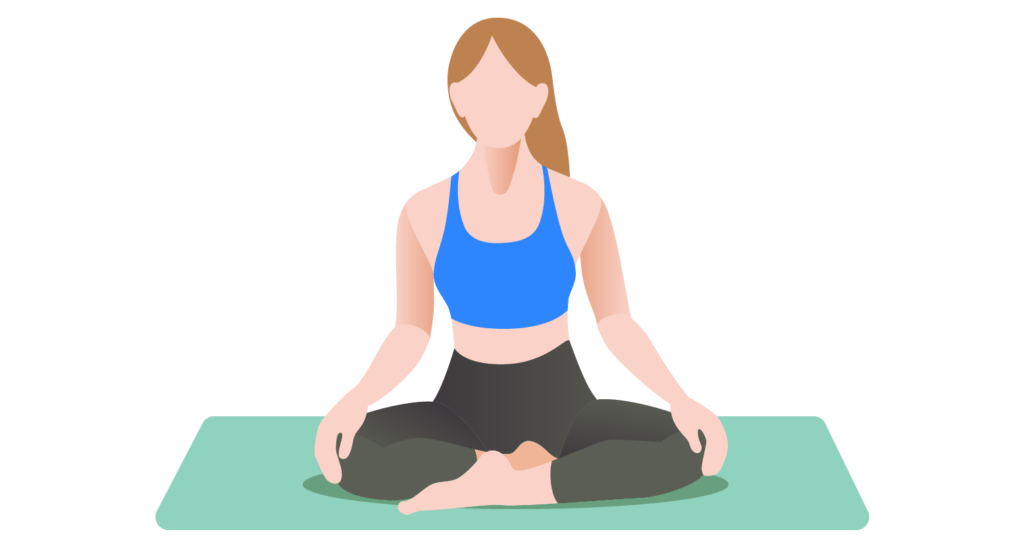
Exercise 4: Bellows Breath (Bhastrika)
Bellows breaths is another of the SKY advanced breathing techniques. During bellows breath, air is rapidly cycled through the lungs at roughly 30 breaths per minute. This creates excitation, which is then followed by calmness.
How to do it:
1. Sit down comfortably with a straight spine.
2. Your first inhale can be a natural, slow inhale, to prepare yourself for the exercise.
3. Exhale sharply and forcefully by contracting the muscles in your abdomen. During initial practice, it may help to keep a hand on your abdominal muscles to help with the contraction.
4. Inhale quickly by completely relaxing the abdominal muscles, allowing air to fill up to your diaphragm.
5. Repeat these steps in quick succession for 7 to 10 breaths, of up to 3 rounds. While you are still new to the practice, a deep, steady breath should be taken in between each round.
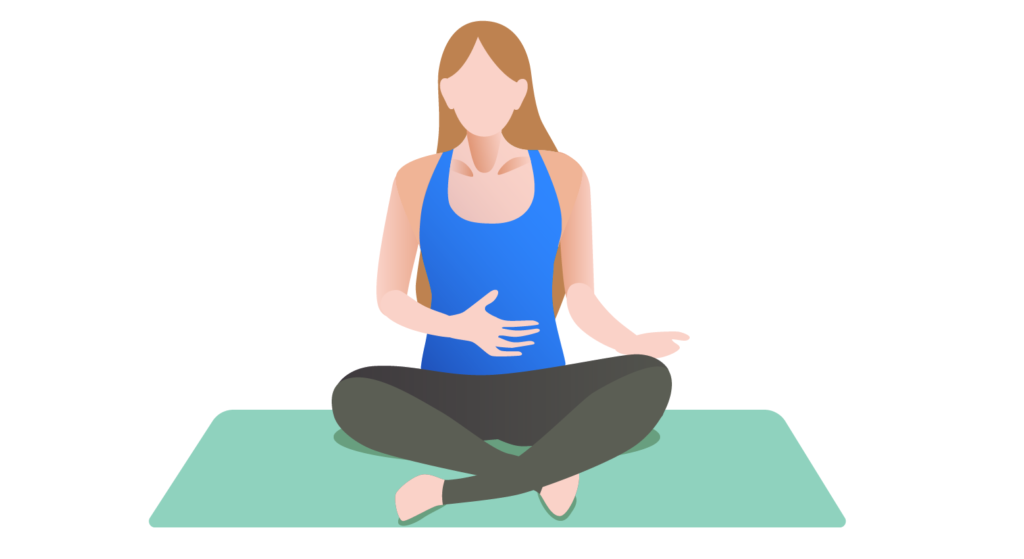
SKY Breathing Techniques in Practice
Once to get a bit used to the exercises, try to practice Ocean Breath and Bellows Breath together as one cycle. Repeat the Ocean Breath and Bellow Breath exercises in sucession, for 3 to 5 cycles at first. You can increase the number of cycles as you get more comfortable with each exercise. Familiarizing yourself both individual breathing techniques first may ease your transition into the full SKY breathing method. Again, however, remember to keep an empty stomach during the Bellows Breath (fast breathing) exercise in order to avoid nausea.
SKY breathing cycles have many positive effects. Specifically, the slow, deep breathing cycles relieve stress, depression, anxiety and insomnia, amongst other negative states of mind. In addition, the fast breathing cycles mimics a state of exercise, which helps to boost stress tolerance. The combination of these cycles together creates a calm emotional state by reducing excitement. When you practice these cycles, try to make sure you are on an empty stomach. This is especially important during the fast breathing cycle.
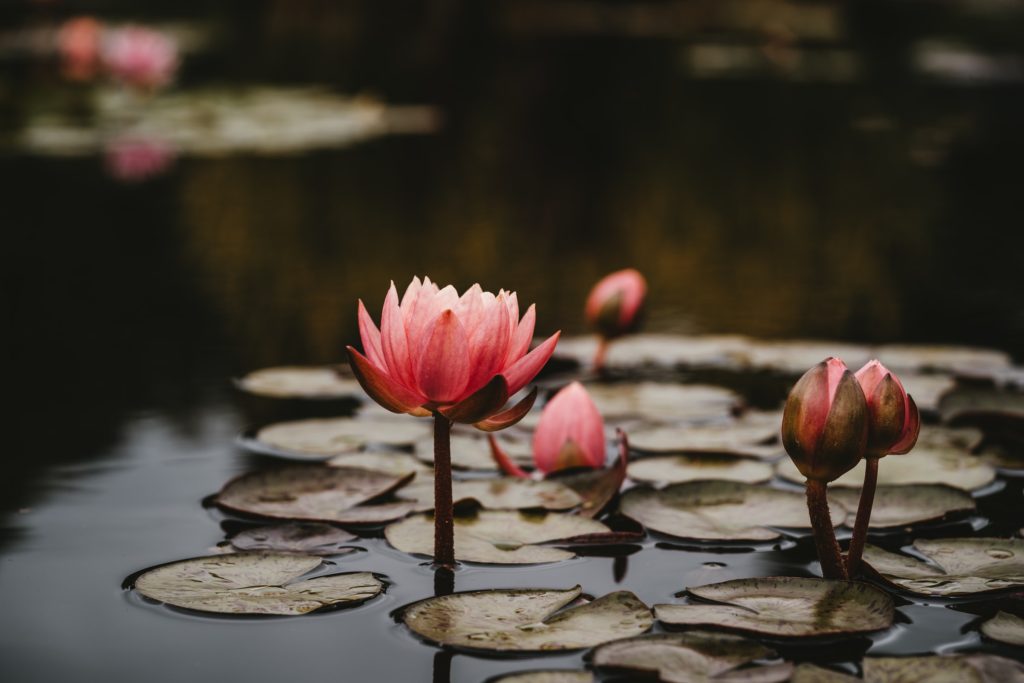
Which Breathing Techniques Should I Try?
Now that we’ve gone over each exercise, you may be asking yourself which one would be the best to try first. Here is a brief summary and guide on the desired effects of each exercise. Every advanced breathing technique introduced in this article is a relaxation exercise with unique methods and benefits. See which ones might best suit your needs.
If you’re anxious and nervous before a performance or presentation…
Try the alternative nostril breathing technique. It’s a relatively quick and easy relaxation exercise that you can perform anytime, anywhere, without any prior practice or posing requirements.
If you have experienced emotional shock and want to practice meditation…
Try the Sudarshan Kriya yogic (SKY) breathing cycles. Specifically, incorporate the practice of alternating between ocean breath and bellows breath somewhere in your daily routine. Ideally, you would do this around the same time every day. The cyclic relaxation exercise stimiulates both your sympathetic and parasympathetic nervous systems. Subsequently, this promotes a more calm state of being in general.
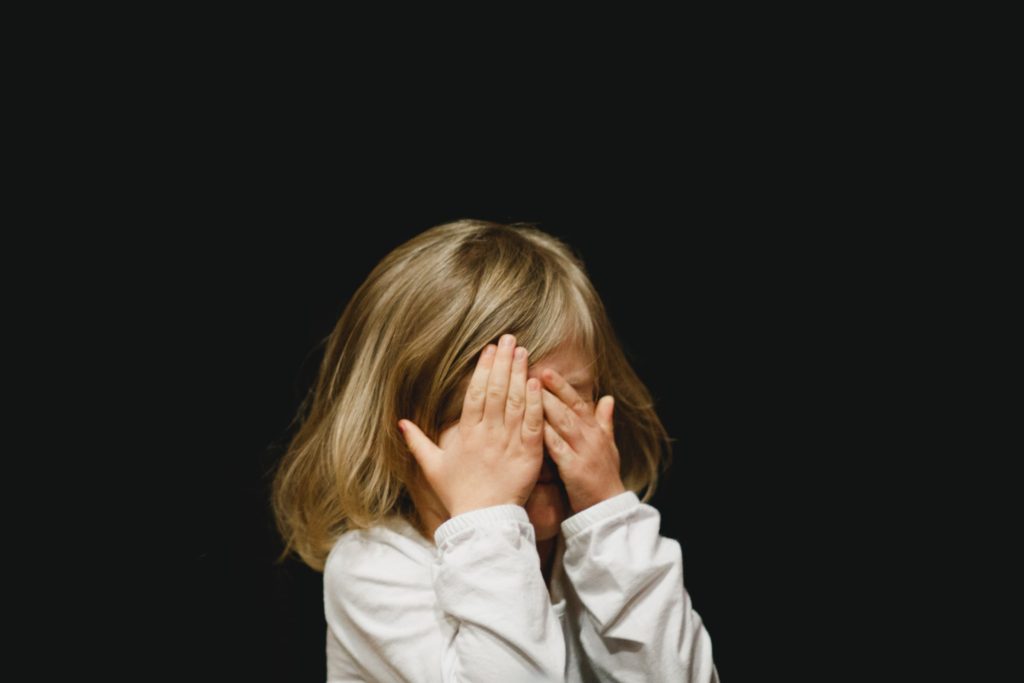
If you want to clear your mind before a good night’s rest…
Try ocean breath, or the alternative nostril breathing technique, whichever you may prefer. Both relaxation exercises have the effects of calming the mind and body, and aiding in anxiety relief. As one recommendation, ocean breath can be practiced before bed. This is because the sounds of your breath can also have a soothing effect on the mind.
If you want to refresh your mind and loosen up your body in the morning…
Try the “lion’s breath” breathing technique. Start your day fresh by relieving the tension in your upper body area. It takes little time, and can be practiced in your bedroom before you get ready for the day. The exercise will help you to begin your day with a clear mind and relaxed body.
Creating a Routine

No matter which relaxation exercise you choose to practice for personal anxiety relief, research shows that the key to increasing its effects are to make a habit out of it. Therefore, the more you practice specific breathing techniques and associate them with stress relief, the more effective it will become in future situations. Try a few of the advanced breathing techniques, so you can see which ones bring you the most positive feelings. Then create a routine of practicing that specific exercise at a certain time every day. If these advanced breathing techniques seem too complex or convoluted for your purposes, try checking out our article on more basic breathing exercises!
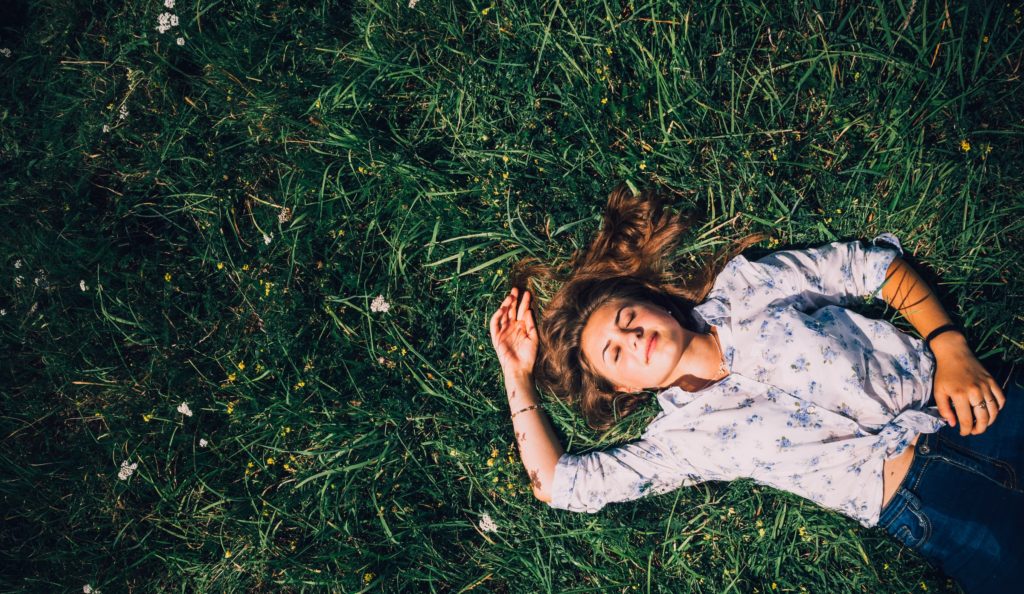
References:
American Lung Association. (2020, May 27). Breathing Exercises. Retrieved July 10, 2020, from https://www.lung.org/lung-health-diseases/wellness/breathing-exercises
Gotter, A. (2019, April 22). 8 Breathing Exercises for Anxiety You Can Try Right Now. Retrieved July 10, 2020, from https://www.healthline.com/health/breathing-exercises-for-anxiety
Harvard Health Publishing. (2018, April 13). Relaxation techniques: Breath control helps quell errant stress response. Retrieved July 10, 2020, from https://www.health.harvard.edu/mind-and-mood/relaxation-techniques-breath-control-helps-quell-errant-stress-response
Hodge, A. (2018, November 16). The Power of Breathing: 4 Pranayama Techniques Worth Practicing. Retrieved July 10, 2020, from https://www.onemedical.com/blog/live-well/breathing-pranayama-techniques
Jerath, R., Crawford, M. W., Barnes, V. A., & Harden, K. (2015). Self-Regulation of Breathing as a Primary Treatment for Anxiety. Applied Psychophysiology and Biofeedback, 40(2), 107-115. doi:10.1007/s10484-015-9279-8Yoga International. (2015, August 18). Learn Bhastrika Pranayama (Bellows Breath). Retrieved July 10, 2020, from https://yogainternational.com/article/view/learn-bhastrika-pranayama-bellows-breath
Zope, S., & Zope, R. (2013). Sudarshan kriya yoga: Breathing for health. International Journal of Yoga, 6(1), 4. doi:10.4103/0973-6131.105935

